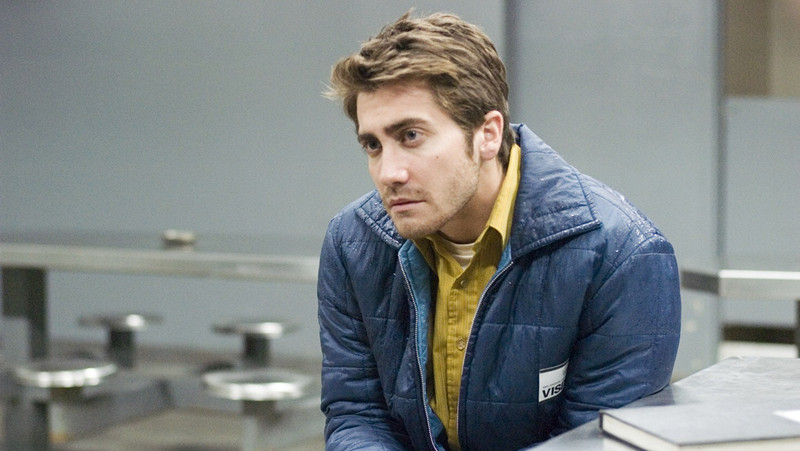
It seems like virtually every movie these days come with the ominous “based on true events” tag line. While this pronouncement should usually be met with a grain of salt, dramatizations of real occurrences can still serve to be effective, especially when they are based on events that diverge from the range of acceptable human behavior.
The following films easily fit into the disturbing category, even if they are not always a completely accurate retelling of happenings. They showcase evil in all sorts of human interactions, from the din of war to a seemingly idyllic suburban neighborhood. They also show that under the right circumstances, everyday people are capable of horrific evil.
10. The Snowtown Murders
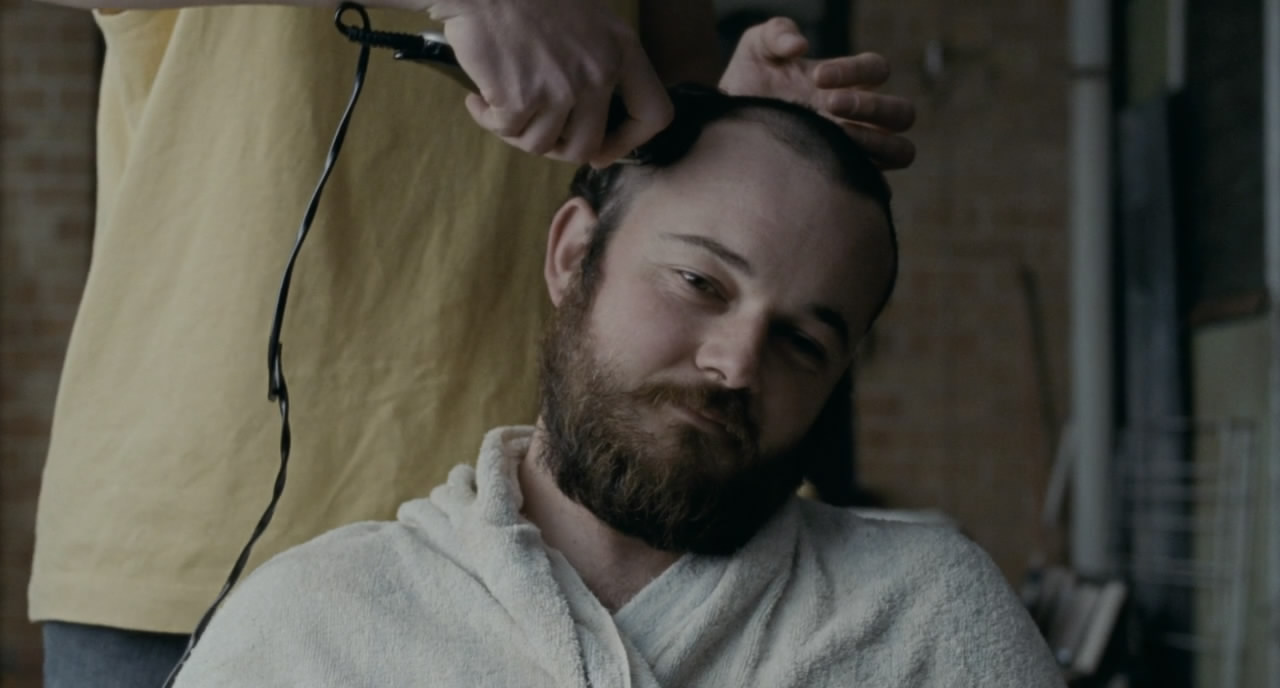
A small town in Australia is plagued by poverty and violence. A single mother and her three sons are at the center of the suffering after her boyfriend is discovered to be sexually abusing the boys. These events kick off one of the most disturbing movies in recent memory.
Under the auspice of fighting back against child predators, John Bunting rouses local families to fight back with force. At first his quest seems noble; Jamie, the oldest of the three sons, warms up to Bunting as sort of a father figure, and he revels in driving his former abuser out of town after a campaign of harassment.
However, over time Bunting is seen to be as depraved as those he despises and his efforts takes a dangerous turn. He is no longer concerned with just pedophiles. Instead, he pursues anyone he perceives as weak, including a formerly respected neighbor who is suspected of being a threat simply because he is gay.
The violence in this film is stunningly real. Seen through the horrified eyes of Jamie, Bunting dispatches his foes with extreme prejudice, often torturing victims interminably before finally putting them out their misery.
Compounding the grim subject matter is the fact that many of those who are killed are reprehensible. Jamie’s sexually abusive brother is also singled out in a disturbing sequence where he is beaten and choked until Jamie can gather up the courage to mercifully end his suffering.
9. Elephant
While mass shootings have unfortunately become commonplace in the U.S., in 2003 they were a slightly rarer occurrence. Released that same year, Gus Van Sant’s Elephant is inspired by the Columbine shooting and its perpetrators Eric Harris and Dylan Klebold. Showing a day in the life of a seemingly mundane high school, the film illustrates how violent impulses can build slowly until leading to their tragic and seemingly inevitable climax.
Two friends formulate a plan after being bullied by their more esteemed peers. They take to the school fully armed and unleash on their fellow classmates indiscriminately. One student, who is warned by the pair to flee before the violence occurs, attempts to prevent others from entering the school. Those who are present are preyed upon without a moment’s thought, no matter their standing within the stratum of the school’s social rankings.
The use of unknown actors lends to the air of realism that permeates this film. Much like United 93 (which portrayed the doomed passengers of that flight on September 11, 2001), there is no need for superficial melodrama or overwrought sentiment. It’s just a glimpse at people in a horrifying, untenable situation where death is pretty much unavoidable.
8. Mommie Dearest
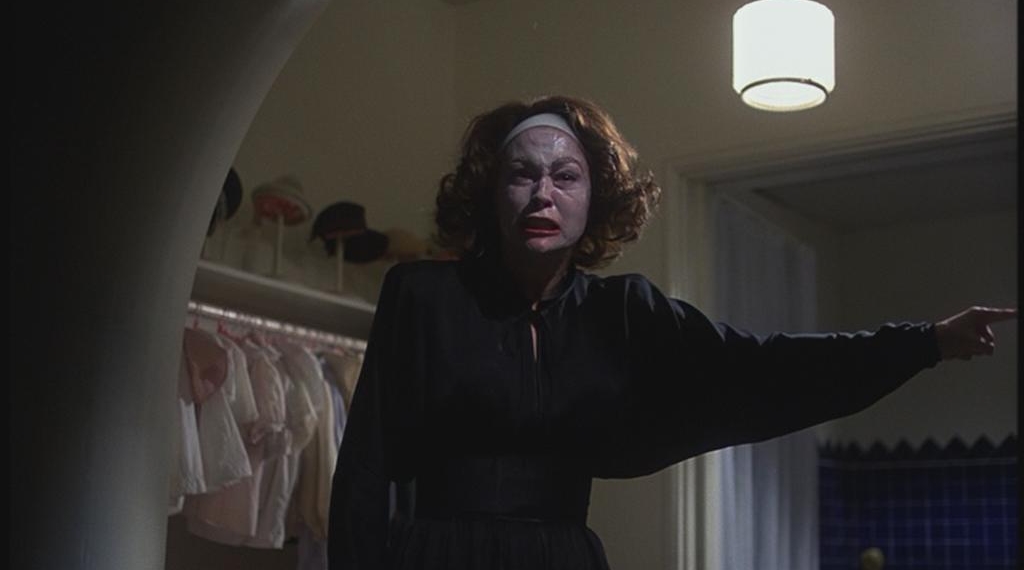
Based on the life of Joan Crawford, Mommie Dearest is a sprawling festival of camp and melodrama. Faye Dunaway portrays the off-kilter star, whose private life takes a much darker turn than her glamorous media image. Upon acquiring two orphaned kids (which is portrayed as mostly a PR move within the film), Crawford becomes increasingly unhinged as she loses her grip on Hollywood stardom.
The brunt of her abuse is afforded to her daughter Christine, who is routinely admonished for not adhering to Crawford’s Howard Hughes-level of cleanliness. During the infamous “no wire hangers” scene, Crawford becomes a raving, wild-eyed movie villain. This is really only the tip of the iceberg of the level of abuse afforded to Christine, which includes both emotional and physical punishment.
Dunaway turns in a performance as the unhinged Crawford, who is clearly beset by some kind of unbelievable inner turmoil that unfortunately is unleashed on those closest to her. She craves adoration at every turn, which does not make for healthy interpersonal relationships.
Based on a book written by Crawford’s real life daughter, there have been disputes regarding the veracity of the abuse described. Whether or not it and the subsequent film are 100 percent correct, it remains a fascinating example of the underbelly of glamorous old Hollywood.
7. Zodiac
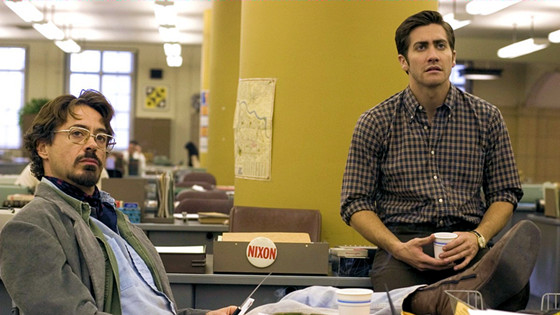
Zodiac is a film steeped in lore both on and off the screen. While a number of films have been made about the Zodiac Killer (active in the San Francisco Bay Area during the 60s and 70s), only Zodiac has taken such an exhaustive approach to the hows and whys of these murders. The film is based on a book of the same name, which is an account from a cartoonist working at the paper that received missives from the killer himself.
The film takes many different angles into the case, from the cops in pursuit of the killer to the newsroom reporting on the murders. There are also scenes of the murders themselves, and these remain some of the most chilling sequences ever put to film.
A young couple is killed while enjoying a peaceful afternoon at the lake, the effect of which is visceral and horrifying. There is nothing bombastic about the black-clad killer, nothing sensational. He is cold, calculating and dispatches his victims with the utmost precision.
What’s most disturbing about the film and the real life events is that the Zodiac Killer was never actually caught. Among the wide range of suspects, Arthur Leigh Allen was presumed to be the most likely candidate (although later DNA testing failed to find a match). However, the search continues to this day, with numerous people having offered confessions, as well as anecdotal evidence on friends and relatives.
6. Open Water
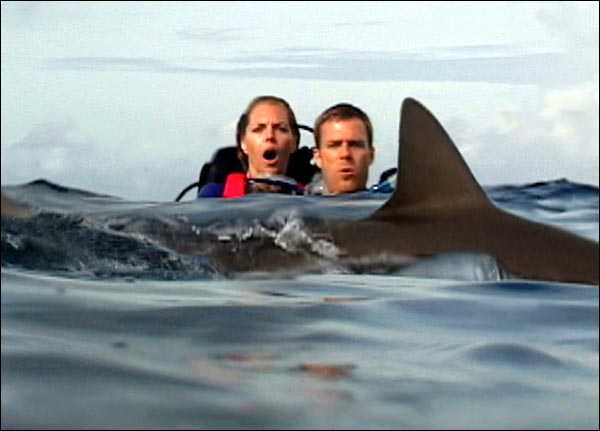
Unlike Jaws, which affords a definable underwater danger, Open Water plays on the much more existential fear of the vastness of the ocean.
There’s no telling what could be lurking beneath, and the thought of being stranded among the nothingness is daunting even for the characters in the movie, both of whom are experienced scuba divers. A simple mistake leads to their being left behind during a scuba expedition, which is just what occurred to a real life couple in 1998.
Doom and gloom sets in pretty early. Unlike other movies featuring characters stranded in impossible situations, being stuck in the middle of the ocean is about uncomfortable and unforgiving as one could imagine.
In addition to the marked discomfort, there is also the threat of surrounding wildlife. Jellyfish cause painful stings, while a school of sharks nibble away at the couple bit by bit. There is no defense against any of these threats and no hope of rescue, as the crew of the boat remains unaware of missing divers.
Compounding the misery are the evident ill-feelings existing between the couple. They bicker and blame each other for the situation, which is carried over from tensions at the beginning of the film.
This is an interesting choice, since it renders the characters not quite as likable as if they had been shown to be mindlessly in love. Towards the end they do lend support to each other, but by that time it is ultimately too late.